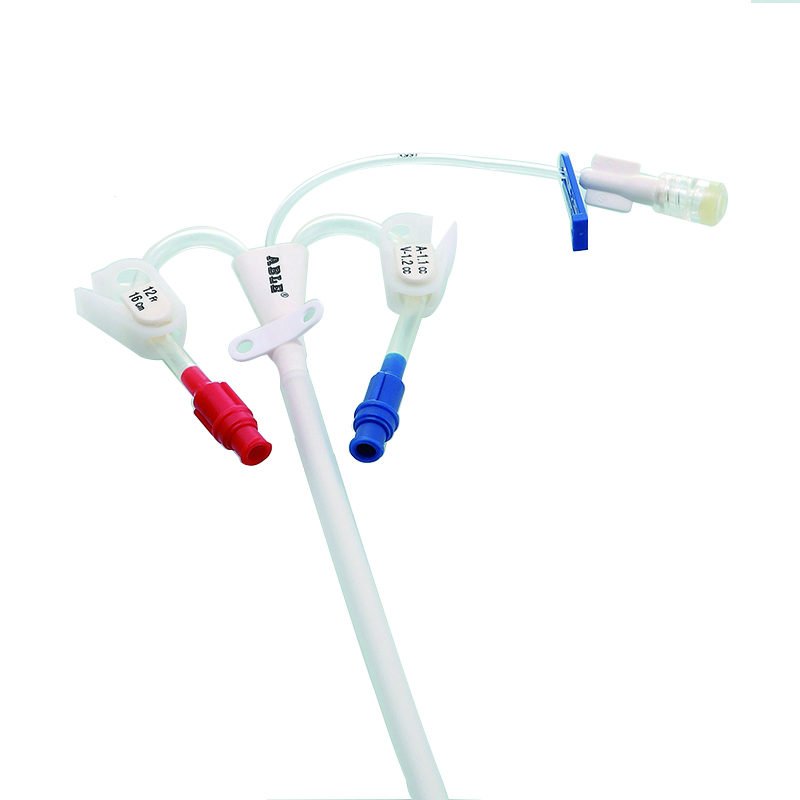Introduction:
When it comes to managing patients with acute kidney injury or those undergoing temporary hemodialysis treatment, short-term hemodialysis catheters play a crucial role. These medical devices are designed to provide temporary vascular access, allowing for the efficient removal of waste substances and maintenance of fluid balance in patients with impaired kidney function. This article explores the significance, usage, and considerations associated with short-term hemodialysis catheters.
1. Importance of Short-Term Hemodialysis Catheters:
Short-term hemodialysis catheters serve as a vital link between the patient and the hemodialysis machine, enabling efficient blood flow during the treatment process. They are typically utilized for temporary access when other forms of vascular access, such as arteriovenous fistulas or grafts, are not readily available or maturing.
2. Design and Function:
Short-term hemodialysis catheters consist of two lumens or tubes, enabling the inflow and outflow of blood. These lumens are usually color-coded to differentiate their purposes – one for arterial blood withdrawal and the other for venous blood return. The catheters are often made from biocompatible materials, minimizing the risk of adverse reactions or complications.
3. Insertion and Management:
The placement of a short-term hemodialysis catheter should be performed by trained healthcare professionals in a sterile environment. The catheter is typically inserted into a large blood vessel near the neck or groin region. Careful attention and skill are necessary to minimize complications, such as infection, clotting, or malpositioning.
4. Care and Maintenance:
Proper care and maintenance of short-term hemodialysis catheters are pivotal to prevent infections and ensure optimal performance. Strict aseptic techniques, including regular dressing changes, using sterile solutions for flushing, and monitoring for any signs of infection or dysfunction, are imperative.
5. Considerations and Complications:
Although short-term hemodialysis catheters provide essential temporary vascular access, they are not without potential complications. Some common issues include infection, thrombosis, catheter malfunction, and catheter-related bloodstream infections. Healthcare professionals must be vigilant in identifying and promptly addressing any complications that may arise.
Conclusion:
Short-term hemodialysis catheters serve as a lifeline for patients requiring temporary hemodialysis treatment. They offer a vital connection between the patient and the hemodialysis machine, allowing for the effective removal of waste substances and maintenance of fluid balance. Understanding their importance, proper insertion and management, as well as diligent care and maintenance, are paramount in ensuring successful treatment outcomes. Although short-term hemodialysis catheters are temporary by nature, their significance in providing valuable renal therapy cannot be understated.
Post time: Jul-10-2023


